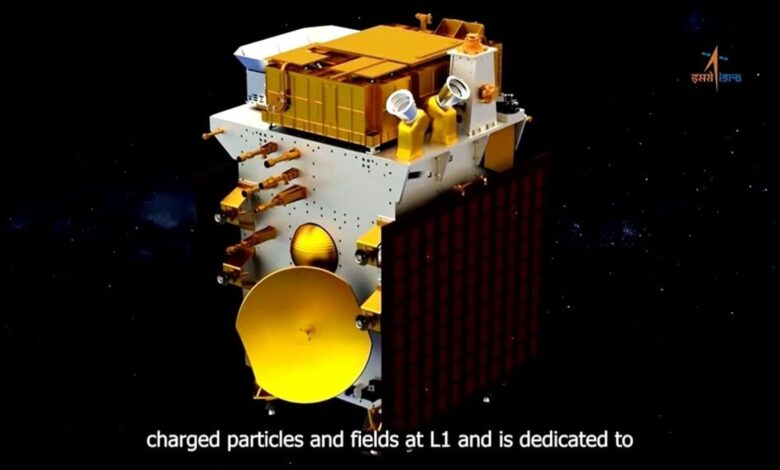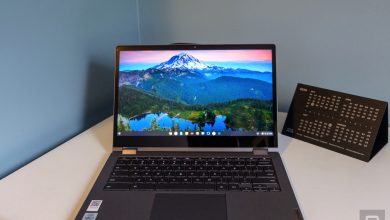Aditya-L1 mission set to reach final stage; Check what ISRO revealed

India’s space endeavors are reaching new heights with multiple space missions. After the successful launch of the Chandrayaan-3 mission, ISRO launched India’s first solar mission, Aditya-L1 mission successfully. Currently, the Indian Space Research Organisation is anticipating the Aditya-L1 solar probe’s entry into orbit around Lagrangian point L1 on January 7. Know about the recent updates on India’s maiden solar mission.
Aditya-L1 mission in final stages
According to a report by PTI, The exciting development of the Aditya-L1 mission was shared by the chairman of ISRO, during the 60th-anniversary celebrations of the first rocket launch from Thumba, held in Thiruvananthapuram.
“Aditya is on the way. I think it has reached almost its final phase,” He informed that the final preparations for the Aditya-L1 mission spacecraft’s entry into the L1 point are currently underway. “Possibly by January 7th, the final maneuvers will be done for entering into the L1 point, he added.”
The Aditya-L1 mission was launched aboard the PSLV-C57 on September 2, 2023. It is now in its final phase, marking a significant milestone for India’s space exploration. Lagrangian point L1 is one of the five equilibrium points in the Sun-Earth system and is strategically located approximately 1.5 million kilometers from Earth, positioned between the planet and the Sun. ISRO aims to place the Aditya-L1 probe in a halo orbit at this vantage point to conduct studies with the help of seven scientific payloads.
We are now on WhatsApp. Click to join
Importance of Aditya-L1 mission
The Aditya -L1 mission is of great importance as it will help scientists to unravel mysteries surrounding the Sun and its impact on space weather. Understanding solar phenomena is crucial to understanding the space weather events that could affect satellites, communication systems, and even power grids on Earth. The Aditya-L1 spacecraft is equipped with seven distinct payloads designed to study solar flares, solar wind, coronal mass ejections, coronal heating, magnetic reconnections, and more. Four of these instruments will observe the sun’s light, providing valuable data for solar research. The other three instruments will measure in-situ parameters related to plasma and magnetic fields around the sun.
One more thing! HT Tech is now on WhatsApp Channels! Follow us by clicking the link so you never miss any updates from the world of technology. Click here to join now!




